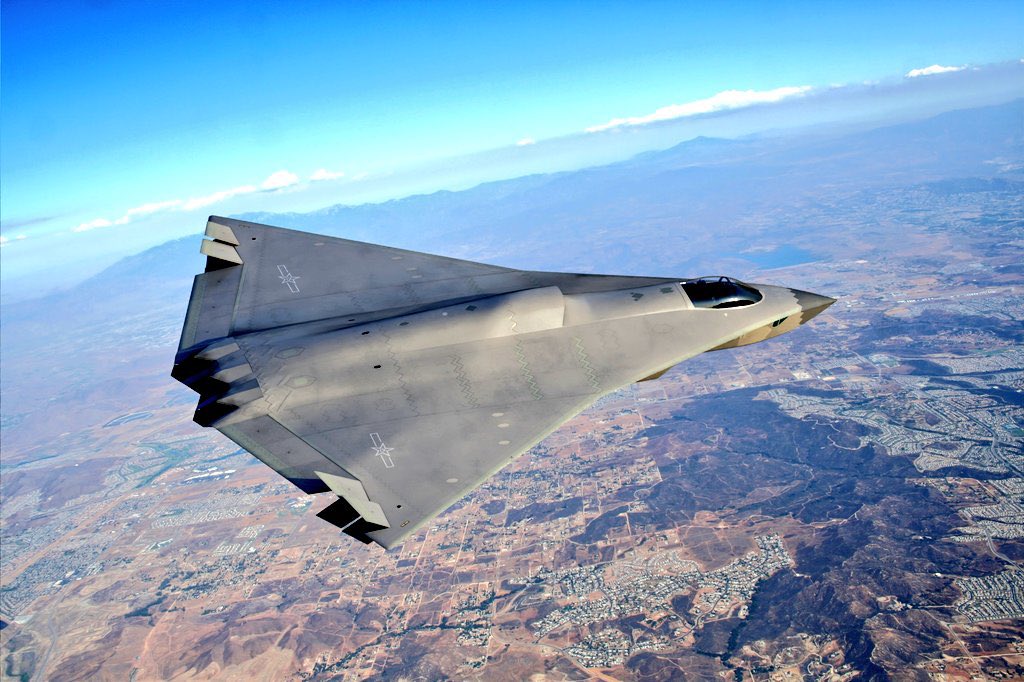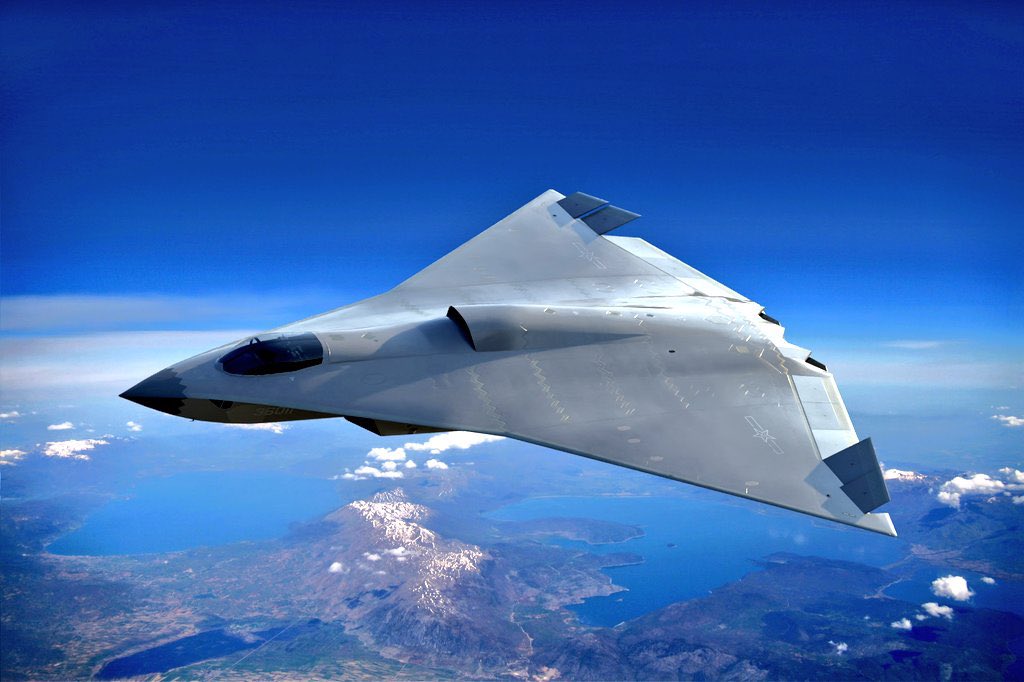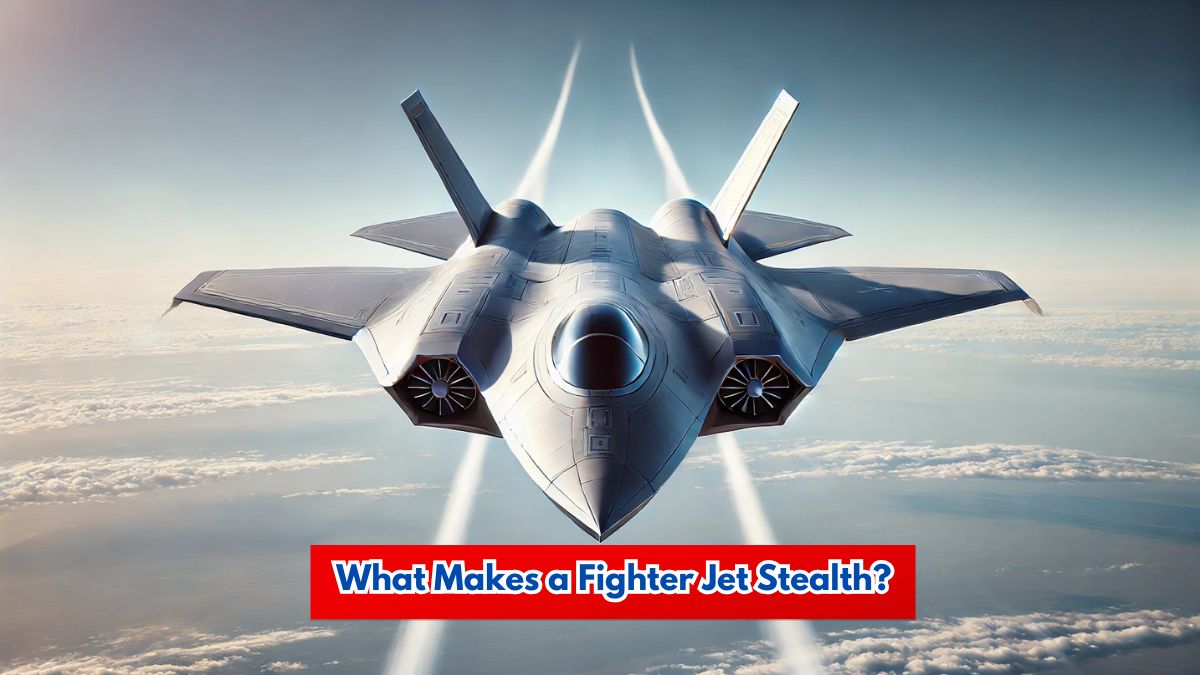Stealth technology in fighter jets is one of the most critical advancements in modern warfare, allowing aircraft to carry out missions with a reduced likelihood of detection. By combining state-of-the-art engineering, advanced materials, and innovative designs, stealth fighters evade enemy radars and other detection systems. Below, we explore the fundamental principles, technologies, and methods that make a fighter jet “stealth” capable.
Radar Cross-Section (RCS) Reduction
Reducing the Radar Cross-Section (RCS) is a key aspect of making a fighter jet stealth. Radar systems detect aircraft by emitting radio waves that bounce back from surfaces. Stealth fighters minimize this reflection through various techniques:
Stealthy Design Features
Stealth aircraft are designed with shapes that deflect radar waves away from their source, reducing their radar visibility. Instead of reflecting waves directly back, these designs scatter them in multiple directions. Key elements include:
Angled Surfaces: Smooth, slanted panels ensure minimal radar reflection.
Tailless Designs: The elimination of vertical stabilizers reduces radar visibility.
Seamless Fuselage: Avoiding protruding elements like external weapons or large antennae.
Internal Weapon Bays
Conventional jets carry weapons on external pylons, which can reflect radar waves and increase detectability. Stealth jets like the F-35 and B-2 Spirit house weapons internally, maintaining a smooth external profile.
Radar-Absorbent Materials (RAM)
These specialized materials are a vital component of stealth design. RAM coatings absorb radar signals rather than reflecting them, converting the radar energy into heat that dissipates harmlessly. Advanced RAM is used extensively on stealth fighters’ fuselages to further reduce their RCS.

Infrared Signature Reduction
Infrared (IR) sensors detect heat emissions from an aircraft, especially from its engines. Modern stealth jets employ techniques to lower their infrared signature, making them harder to spot using heat-seeking technology.
Engine Placement and Design
Buried Engines: Engines are often integrated deeper within the aircraft fuselage to limit the exposure of hot exhausts to the external environment.
Exhaust Cooling: The exhaust gases are passed through cooling mechanisms before being released, reducing their infrared detectability.
Irregular Nozzles: Specially designed exhaust nozzles mix the hot gases with cooler air, dispersing the heat signature more effectively.
Operational Adjustments
Stealth jets may fly at lower power settings during critical operations, minimizing heat emissions. These adjustments reduce their IR signature, particularly in surveillance or reconnaissance missions.
Acoustic Signature Minimization
While radar and infrared systems dominate detection strategies, sound can also give away an aircraft’s location. Reducing an aircraft’s noise signature involves improvements in engine design and airframe aerodynamics.
Quieter Engines
Advanced stealth jets feature engines optimized for minimal noise output. Noise-reduction strategies include smoother airflow paths and special materials that absorb vibrations.
Aerodynamic Airframes
Stealth fighters are designed to minimize turbulence, a major contributor to sound. Cleaner aerodynamic profiles ensure smoother air movement around the aircraft.
Electronic Signature Control
Every active electronic system—radars, radios, and data links—produces electromagnetic emissions that adversaries can intercept. Stealth aircraft manage their electronic signatures to avoid detection by enemy electronic surveillance.
Passive Detection Systems
Instead of emitting active radar waves, stealth jets rely on passive sensors to detect threats. These systems gather information without revealing the aircraft’s position.
Emissions Control (EMCON)
Stealth operations often involve strict emissions protocols. Pilots can deactivate non-essential systems and communication devices to avoid broadcasting detectable signals.
Electronic Warfare (EW) Systems
Advanced jets can employ EW capabilities to jam or spoof enemy radar. By creating false radar echoes or feeding misinformation, they confuse detection systems, enhancing their stealth.
Visual Stealth
While modern warfare relies heavily on radar and sensors, visual identification remains a factor, particularly at close range. Stealth fighters incorporate features to remain inconspicuous visually.
Low Reflective Coatings
Stealth aircraft often use matte finishes and non-reflective paints to avoid sunlight glare, blending better with the sky. These coatings also contribute to reducing thermal signatures.
Camouflage and Countershading
Paint schemes may use gradients that match the sky’s hues at various altitudes and lighting conditions, making visual detection challenging.

Stealth-Optimized Weaponry
Stealth is not limited to the aircraft’s structure; its weapons must also remain undetected. Internal weapon bays allow stealth jets to carry armaments without compromising their radar-invisible profiles.
Air-to-Air and Air-to-Ground Missiles
These weapons are specially designed to fit within the internal bays of stealth aircraft, ensuring that the overall RCS remains low when the bay doors are closed.
Precision-Guided Munitions
Stealth aircraft use smart weaponry that operates without drawing attention. These munitions engage targets with high accuracy, minimizing exposure to enemy detection.
Speed and Altitude Advantage
High-speed and high-altitude capabilities complement stealth features. By operating at extreme speeds, aircraft reduce the time available for enemy radar to track and engage them. Similarly, higher altitudes provide operational advantages, placing the jet out of range of many detection systems.
Supercruise
Stealth fighters like the F-22 Raptor can maintain supersonic speeds without afterburners, reducing heat emissions while retaining high speed for operational advantage.
Advanced Navigation Systems
High-tech avionics allow stealth jets to navigate hostile airspace via routes that minimize exposure to enemy systems, further enhancing survivability.
Countermeasures Against Detection
In case a stealth jet is detected, it employs countermeasures to evade interception.
Flares and Chaff
These are released to confuse heat-seeking missiles or radar-guided weaponry, creating decoys that divert threats.
Active Camouflage (Under Development)
Emerging technologies include adaptive coatings that mimic the surrounding environment, providing next-level visual stealth.
Iconic Stealth Fighters and Their Features
F-35 Lightning II
This multi-role fighter exemplifies stealth through advanced shaping, internal weapons storage, and cutting-edge electronic warfare capabilities.
F-22 Raptor
Known for its supercruise ability and unmatched aerial agility, the F-22 set the gold standard for stealth and air dominance.
B-2 Spirit
The iconic flying-wing bomber minimizes radar and visual signatures with its seamless design and RAM coatings.
Chengdu J-20
China’s 5th generation fighter uses stealth shaping and advanced materials to position itself as a stealth-capable competitor.
The Future of Stealth Technology
Stealth continues to evolve as nations invest in 6th-generation fighters equipped with groundbreaking innovations:
Active Stealth Systems: Technologies that manipulate enemy radar to make the aircraft appear invisible or show false positions.
Unmanned Stealth Drones: Compact, radar-evading drones for surveillance and combat roles.
Quantum Radar Resistance: Countering new radar technologies that might challenge traditional stealth designs.
Conclusion
Stealth technology is a multi-faceted discipline, encompassing engineering, materials science, and advanced electronic systems to create aircraft that can operate undetected. By reducing radar, infrared, acoustic, and visual signatures, stealth jets like the F-35, F-22, and upcoming 6th-gen fighters ensure dominance in modern air combat. As adversaries develop new detection methods, the race for better stealth solutions will continue, shaping the future of aerial warfare.
